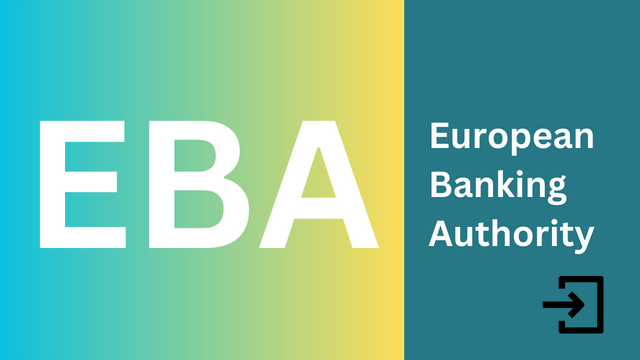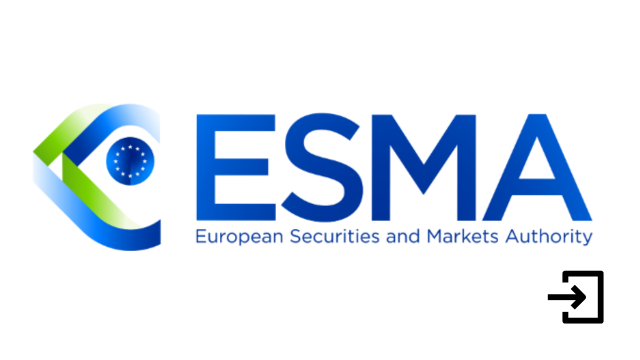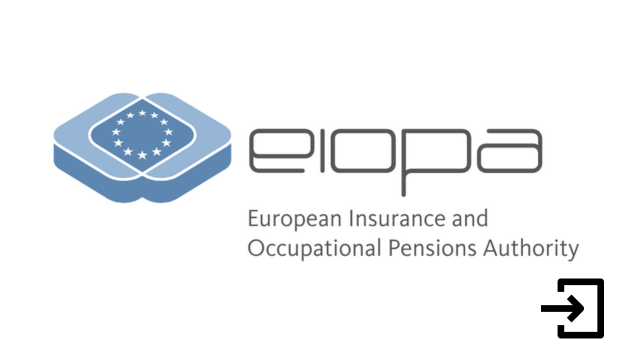|
Brussels, |
|
Regulatory process in financial services
A dedicated regulatory framework for financial services was initially established following the Lamfalussy report, and subsequently enhanced in response to the financial crisis. This page provides an overview of the level 2 measures within financial services regulation.




